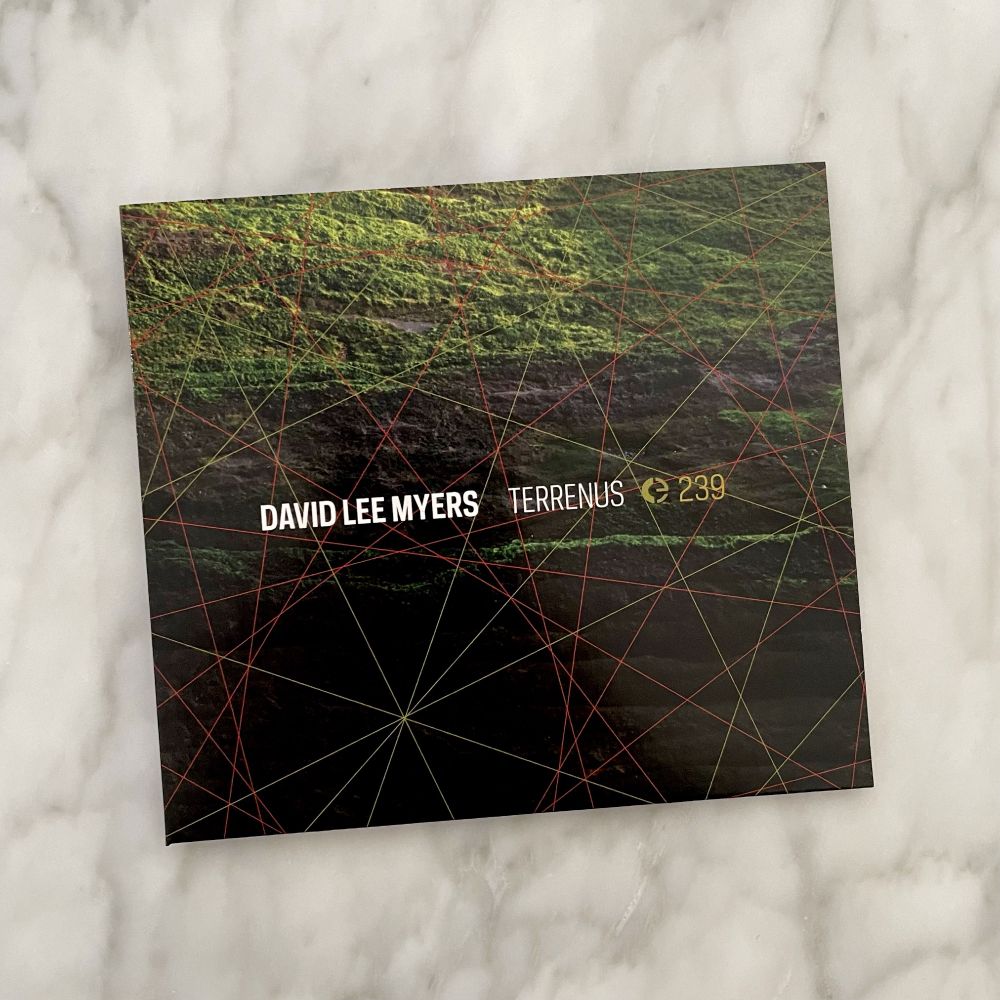Miguel Carvalhais
@carvalhais.org
1.9K followers
460 following
93 posts
Design, music, art + computation. Professor at fba.up.pt; also running @cronicaelectronica.org, http://at-c.org and @xCoAx.org. Author of Art and Computation (V2_) and Artificial Aesthetics (U.Porto). carvalhais.org
Posts
Media
Videos
Starter Packs
Reposted by Miguel Carvalhais
Reposted by Miguel Carvalhais
Reposted by Miguel Carvalhais
Reposted by Miguel Carvalhais
Reposted by Miguel Carvalhais
Reposted by Miguel Carvalhais
Reposted by Miguel Carvalhais
Reposted by Miguel Carvalhais
Reposted by Miguel Carvalhais
Reposted by Miguel Carvalhais
Reposted by Miguel Carvalhais
Reposted by Miguel Carvalhais
Reposted by Miguel Carvalhais
Reposted by Miguel Carvalhais
Reposted by Miguel Carvalhais
Reposted by Miguel Carvalhais
Miguel Carvalhais
@carvalhais.org
· Sep 1
Miguel Carvalhais
@carvalhais.org
· Aug 30
Miguel Carvalhais
@carvalhais.org
· Aug 30
Reposted by Miguel Carvalhais
Reposted by Miguel Carvalhais
Dan Olson
@foldablehuman.bsky.social
· Aug 21
Reposted by Miguel Carvalhais












![3.1 Rejection of expertise, ironically including our own
Being in a colonizing discipline first demands and then encourages an attitude that might
be called intellectual hubris. Furthermore, since you cannot master all the disciplines that
you have designs on, you need confidence that your knowledge makes the ‘traditional
wisdom’ of these fields unworthy of serious consideration. Here too, the AI scientist
feels that seeing things through a computational prism so fundamentally changes the
rules of the game in the social and behavioural sciences that everything that came before
is relegated to a period of intellectual immaturity.
Sherry Turkle (1984, p. 230)
Every field that comes into contact with AI discourse becomes infected even within AI as a field of
study (recall Table 1). Our colleagues have embraced these systems, uncritically incorporating them
into their workflows and their classrooms, without input from experts on automation, cognitive science, computer science, gender and diversity studies, human-computer interaction, pedagogy, psychology, and law to name but a few fields with direct relevant expertise (Sloane et al. 2024). Meanwhile, technology companies have rushed to invest in ‘AI ethics’ or ‘AI safety’ to ethics wash their
claims, thereby “laundering accountability” (as Abeba Birhane explains in Arseni 2025) and “distracti[ng] from real AI ethics” (Crane 2021), while censoring academics and thus, violating academic
freedom (Gebru and Torres 2024; Gerdes 2022; Goudarzi 2025; Munn 2023; Ochigame 2019; Suarez
et al. 2025; Tafani 2023).](https://cdn.bsky.app/img/feed_thumbnail/plain/did:plc:vsyj5jtayxcq5dw5mtja4xtb/bafkreihavj4y4hvuqmervolkakodhui7qozn2jmnsrav5lilv37cecg6bq@jpeg)
![3.3 Ahistoricism and the AI hype cycles
When I started writing about science decades ago [...] I edited an article in which [a computer scientist] predicted that AI would soon replace experts in law, medicine, finance
and other professions. That was in 1984.
John Horgan (2020, n.p.)
When we engage with the public, we notice people think that AI, as a field or a technology, appeared
on the scene in the last three years. And they experience confusion and even dissonance when they
discover the field and the technologies have existed for decades, if not centuries or even millennia
(Bloomfield 1987; Boden 2006; Bogost 2025; Guest 2025; Hamilton 1998; Mayor 2018). Such ahistoricism facilitates “the AI-hype cycles that have long been fuelled by extravagant claims that substitute
fiction for science.” (Heffernan 2025, n.p. Duarte et al. 2024). We have been here before, both with entanglements of AI and statistics with industry corrupting our academic processes, and with so-called
AI summers: hype cycles that pivot from funding booms to complete busts and cessation of research
(Bassett and Roberts 2023; Boden 2006; Law 2024; Lighthill et al. 1973; Merchant 2023; Olazaran
1996; Perez 2002; P. Smith and L. Smith 2024; Thornhill 2025).
To understand how industry tries to influence independent research for their benefit, we can look
to past examples of entanglement of industry and statistics. Ronald A. Fisher, a eugenicist and “the
founder of modern statistics” (Rao 1992), having been paid by the tobacco industry, claimed that because ‘correlation is not causation’ that therefore ‘smoking does not cause lung cancer’ (Fisher 1958;
Stolley 1991). The parallel between tobacco and technology does not end here: “both industries’ increased funding of academia was as a reaction to increasingly unfavourable public opinion and an increased threat of legislation.” (Mohamed Abdalla and Moustafa Abdalla 2021, p. 2; also see Knoester
et al. 2025) The histories of eugenics, statistics, comput…](https://cdn.bsky.app/img/feed_thumbnail/plain/did:plc:vsyj5jtayxcq5dw5mtja4xtb/bafkreie4dme35ovxs6t4ekrdosziqnikttmmef63imkpxqh2fdlybzccoa@jpeg)

![Cover of “INvolution” by [MONRHEA] + agf](https://cdn.bsky.app/img/feed_thumbnail/plain/did:plc:d2zspkhdkorlbbt4udzwdk2h/bafkreiersz3cecjpn3zlbndj2ju6vtcs4kn6z6xzv5txiyeynkkz34sdze@jpeg)


